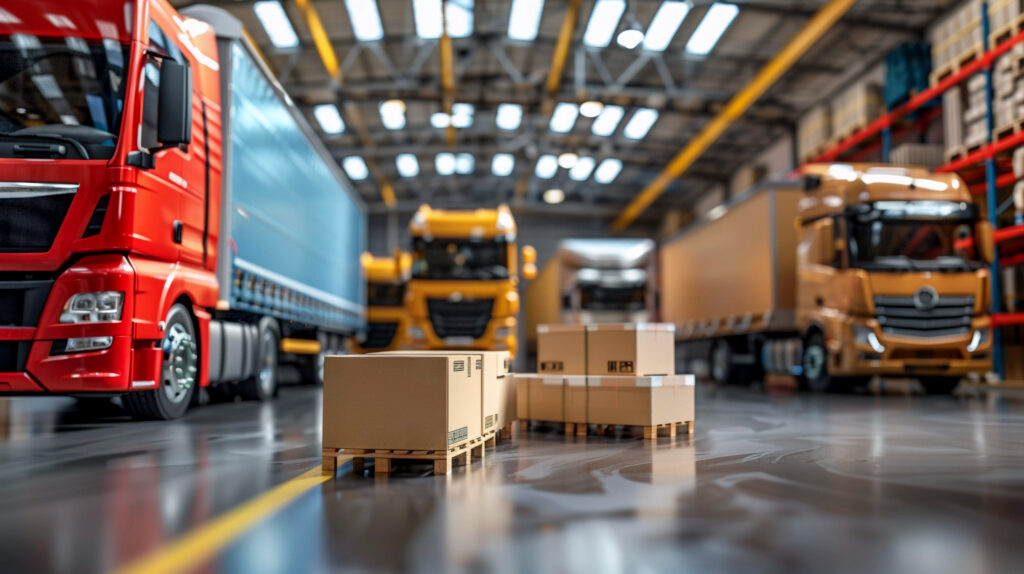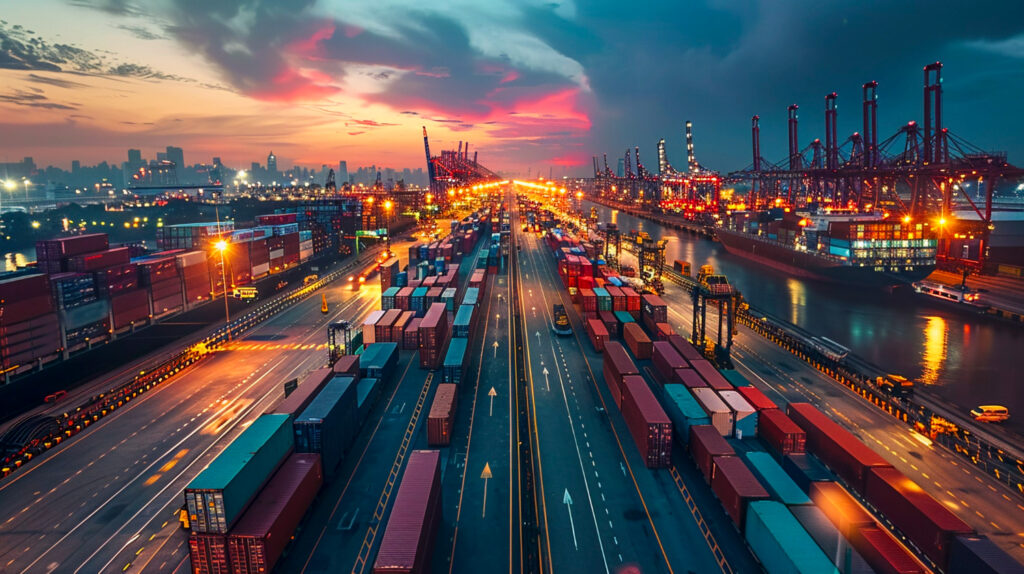Introduction
The logistics industry is a dynamic and ever-evolving sector, crucial to the global economy. With the rise of e-commerce and increasing consumer demands, the need for innovation in logistics has never been greater. In 2024, several cutting-edge trends are set to revolutionize how goods are transported, stored, and delivered. Let’s dive into the top 10 innovative trends shaping the logistics industry this year.
Autonomous Vehicles and Drones
Self-Driving Trucks
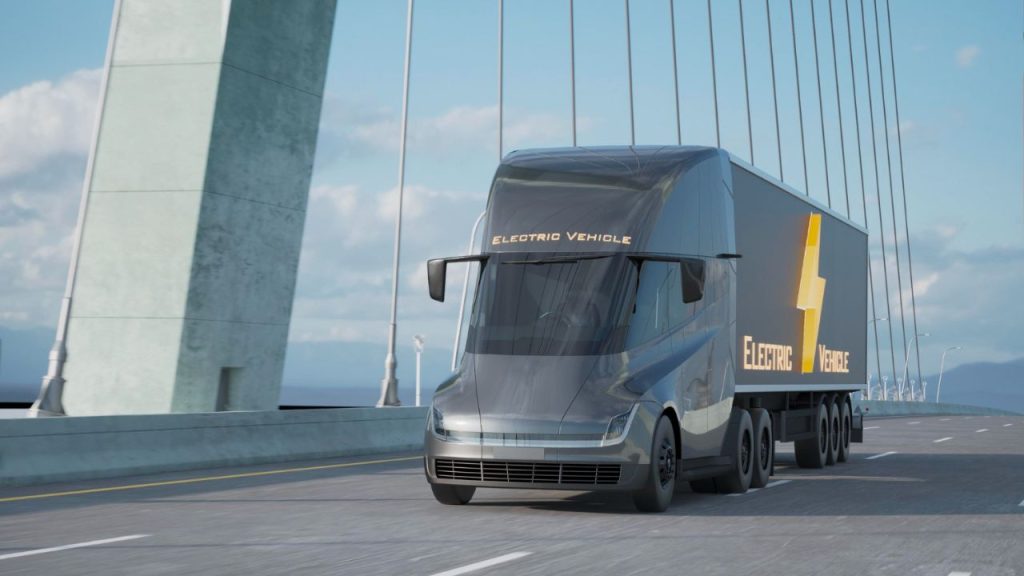
Self-driving trucks are becoming a reality, promising to transform the logistics landscape. These autonomous vehicles offer numerous benefits, including increased efficiency, reduced labor costs, and enhanced safety. Companies like Tesla and Waymo are leading the charge with their advanced autonomous truck models. As technology continues to advance, we can expect to see more self-driving trucks on the roads, optimizing long-haul deliveries and reducing the risk of human error.
Delivery Drones
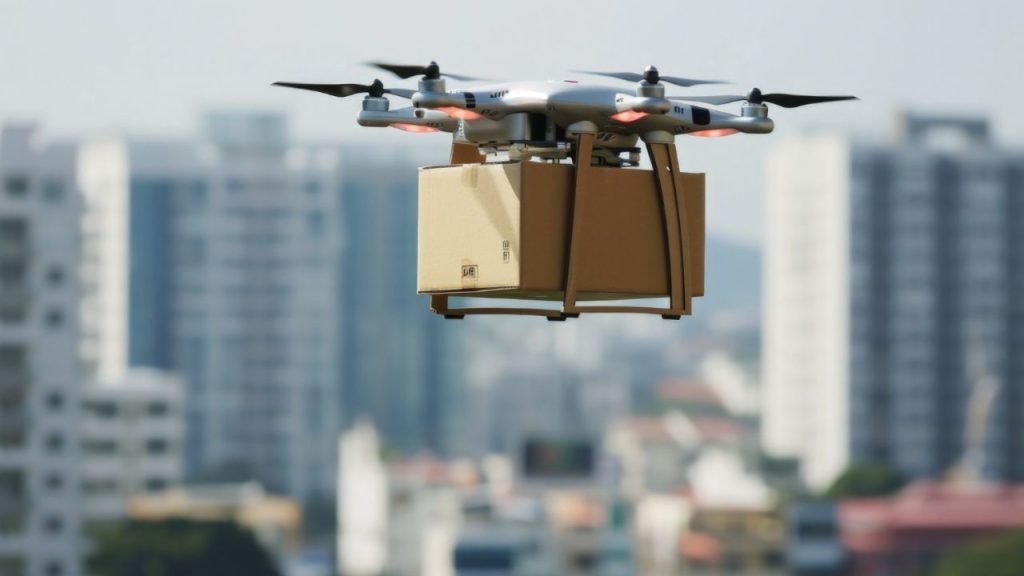
Drones are revolutionizing the last-mile delivery process. With their ability to bypass traffic and reach remote areas quickly, delivery drones offer unmatched speed and efficiency. However, regulatory challenges remain a significant hurdle. Governments and companies are working together to establish guidelines that ensure safe and efficient drone deliveries. In 2024, we anticipate a surge in drone deliveries, particularly in urban areas and for time-sensitive shipments.
Blockchain Technology
Enhanced Transparency
Blockchain technology is set to bring unprecedented transparency to the logistics industry. By creating an immutable ledger of transactions, blockchain ensures that every step of the supply chain is recorded and verified. This transparency reduces fraud, increases accountability, and improves trust among all parties involved in the logistics process.
Secure Transactions
In addition to transparency, blockchain offers enhanced security for transactions. Traditional methods of recording transactions are susceptible to tampering and fraud. Blockchain’s decentralized nature and cryptographic security make it nearly impossible for unauthorized parties to alter transaction records. This increased security is particularly beneficial for high-value goods and international shipments.
Internet of Things (IoT)
Real-Time Tracking
The Internet of Things (IoT) is transforming logistics by enabling real-time tracking of goods. IoT devices, such as GPS trackers and sensors, provide up-to-the-minute information on the location and condition of shipments. This real-time visibility helps companies optimize routes, reduce delays, and improve customer satisfaction.
Predictive Maintenance
IoT is also revolutionizing equipment maintenance in logistics. By collecting data from machinery and vehicles, IoT devices can predict when maintenance is needed, preventing breakdowns and reducing downtime. Predictive maintenance ensures that logistics operations run smoothly and efficiently, saving time and money.
Artificial Intelligence and Machine Learning
Route Optimization
Artificial intelligence (AI) and machine learning are game-changers for route optimization. These technologies analyze vast amounts of data to determine the most efficient delivery routes, considering factors such as traffic, weather, and delivery windows. By optimizing routes, AI reduces fuel consumption, delivery times, and operational costs.
Demand Forecasting
Accurate demand forecasting is crucial for logistics planning. Machine learning algorithms analyze historical data and market trends to predict future demand. This allows companies to manage inventory more effectively, reduce waste, and meet customer expectations. In 2024, AI-driven demand forecasting will become even more sophisticated, helping logistics companies stay ahead of the curve.
Sustainable Practices
Green Logistics
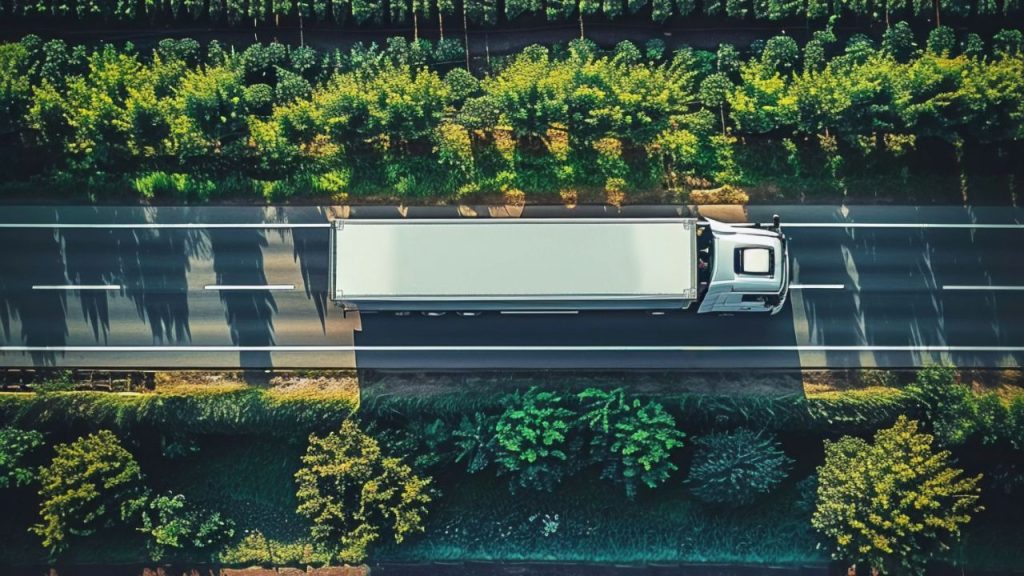
Sustainability is no longer a buzzword; it’s a necessity. Green logistics practices aim to reduce the environmental impact of logistics operations. This includes optimizing routes to reduce fuel consumption, using eco-friendly packaging, and minimizing waste. Companies are increasingly adopting green logistics to meet regulatory requirements and satisfy environmentally conscious consumers.
Renewable Energy Integration
Integrating renewable energy sources into logistics operations is another key trend. Solar panels, wind turbines, and electric vehicles are becoming more common in logistics fleets. These renewable energy solutions not only reduce carbon emissions but also lower operational costs in the long run. As technology advances, we can expect to see even more innovative uses of renewable energy in logistics.
Robotics and Automation
Warehouse Automation
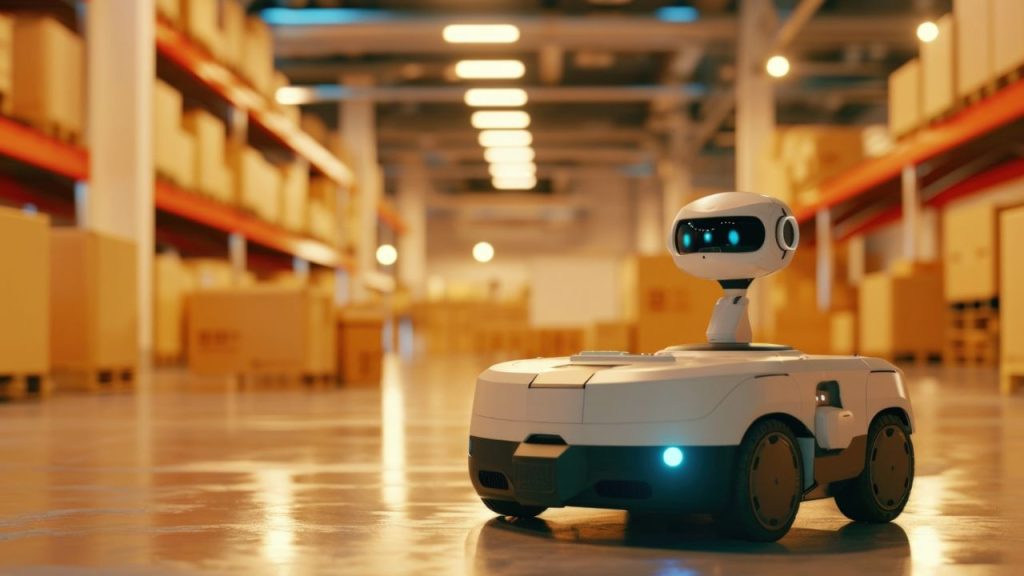
Warehouse automation is transforming the logistics industry. Automated systems, such as robotic arms and conveyor belts, streamline warehouse operations, reducing the need for manual labor. These systems increase efficiency, accuracy, and speed in tasks such as sorting, packing, and inventory management.
Robotic Process Automation (RPA)
Robotic Process Automation (RPA) is streamlining administrative tasks in logistics. RPA software automates repetitive tasks, such as data entry and order processing, freeing up employees to focus on more strategic activities. This not only increases productivity but also reduces the risk of human error.
Digital Twins
Virtual Modeling
Digital twins are virtual replicas of physical logistics processes. By creating a digital twin of a supply chain, companies can simulate and analyze different scenarios, identifying potential issues and optimizing operations. This virtual modeling helps in planning and decision-making, leading to more efficient logistics processes.
Scenario Planning
Digital twins are also valuable for scenario planning and risk management. By simulating various scenarios, such as demand spikes or supply chain disruptions, companies can develop contingency plans and mitigate risks. This proactive approach ensures that logistics operations remain resilient in the face of challenges.
Augmented Reality (AR)
Enhanced Training
Augmented Reality (AR) is revolutionizing training in the logistics industry. AR technology provides immersive, hands-on training experiences for logistics personnel, improving their skills and efficiency. From warehouse operations to equipment handling, AR-based training is more effective and engaging than traditional methods.
Improved Order Picking
AR is also enhancing order picking processes. By overlaying digital information onto the physical environment, AR guides workers through the picking process, reducing errors and increasing speed. This technology is particularly useful in large warehouses with complex inventory systems.
Big Data Analytics
Data-Driven Decision Making
Big data analytics is empowering logistics companies to make data-driven decisions. By analyzing vast amounts of data, companies can identify trends, optimize operations, and improve customer service. Big data helps in forecasting demand, managing inventory, and optimizing routes, leading to more efficient and cost-effective logistics operations.
Customer Insights
Leveraging big data for customer insights is another key trend. By analyzing customer data, logistics companies can better understand customer preferences and behavior. This information helps in personalizing services, improving customer satisfaction, and increasing loyalty.
Hyperloop Technology
High-Speed Transportation
Hyperloop technology promises to revolutionize high-speed transportation in logistics. By using magnetic levitation and vacuum tubes, hyperloop systems can transport goods at unprecedented speeds. This could significantly reduce delivery times, particularly for long-distance and international shipments.
Challenges and Prospects
Despite its potential, hyperloop technology faces several challenges, including high costs and regulatory hurdles. However, ongoing research and development are addressing these issues, and we may see the first commercial hyperloop systems in operation in the near future. The future prospects of hyperloop technology are promising, offering a glimpse into a new era of logistics.
Conclusion
The logistics industry is on the cusp of a technological revolution, with innovative trends reshaping every aspect of the supply chain. From autonomous vehicles and blockchain to IoT and hyperloop technology, these advancements promise to enhance efficiency, reduce costs, and improve customer satisfaction. As we move forward, staying abreast of these trends will be crucial for logistics companies aiming to thrive in a rapidly evolving landscape.

